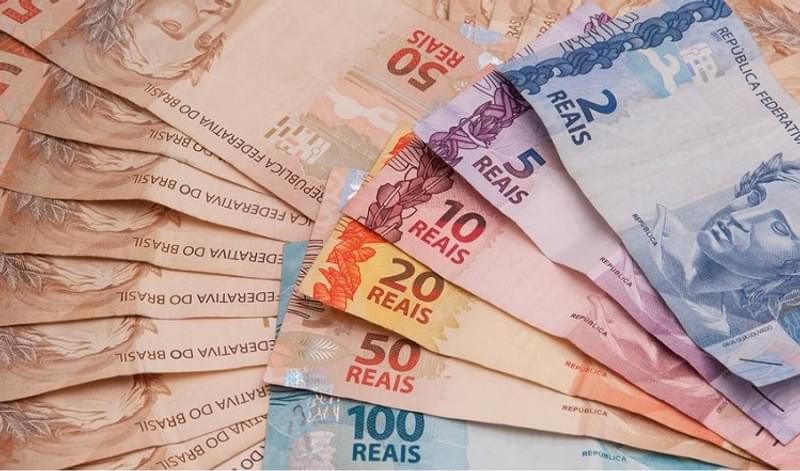The Brazilian real has been appreciating over the last month, and has risen against the US dollar for its fourth consecutive week according to Schildershoven Finance.
Month to date, the real has strengthened from 3.3000 to 3.1830 against the dollar, data from Bloomberg showed.
The currency’s gains on the dollar have been down to an improving economic outlook across the country.
“There is growing evidence that the economy is past the worst; economic conditions appear to be stabilising, the recession appears to be bottoming out and economic data is beginning to improve,” said a senior EM economist.
Although Brazil’s economy contracted 0.3% on quarter in the first three months of 2016, this was a marked improvement on the 1.3% contraction from the previous period, figures from Trading Economics show.
The economist also noted that the country’s trade position has improved enormously, and that the current account deficit has lowered.
“Brazil is one of those EMs with big external financing requirements that found itself in the firing line. However, the current account deficit has narrowed sharply to just over 1% of GDP having been over 4% of GDP a few years ago.”
The balance of payments position has improved substantially as well and Brazil recorded a US$4.58bn surplus in July this year according to Trading Economics.
Alongside these factors, the real’s appreciation has been assisted by persistently low interest rates elsewhere.
“The fact that the Fed in particular has held off in raising interest rates has significantly aided the real’s gains.”
Furthermore, the real is likely to weather the next round of rate hikes.
The economist stated that if rates do drop further this year, the subsequent tightening cycle will be relatively gradual.
There are however risks to the strengthening of the real, the most significant being that policymakers actually need a weaker currency.
“The one thing policymakers desperately need to keep in place is a weak currency because the path to recovery is essentially going to come through exports, and so you need to keep the currency weak,” said the economist.
He added that there is therefore a risk that policymakers may lean against any further appreciation of the real.
Although export-related companies may begin to suffer from a stronger real, which could impact their fixed-income instruments, the overall investment climate in Brazil is unlikely to be affected.
Flavia Martins, credit research manager at XP Investimentos said that an adjustment in asset prices will reflect the currency’s rise, but that it shouldn’t affect interest in Brazilian assets.









